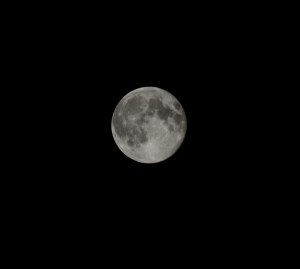Celebrate the beauty of the nation’s cherry blossoms.
A total lunar eclipse occurs when the Moon passes completely through the Earth’s dark shadow, or umbra. During this type of eclipse, the Moon will gradually get darker and then take on a rusty or blood red color. The eclipse will be visible throughout most of North America, South America, and Australia.
See a detailed map of the Total Lunar Eclipse here.

The Lyrids is considered an average shower, but here at Live Seasoned we think all meteor showers are beyond amazing. The Lyrids usually produce about 20 meteors per hour at its peak. It is produced by dust particles left behind by comet C/1861 G1 Thatcher, which was discovered in 1861. The shower runs annually from April 16-25, but we encourage you to venture outside during its peak on the night of the 22nd and morning of the 23rd. These meteors can sometimes produce bright dust trails that last for several seconds. The second quarter moon will be a bit of a problem this year, blocking the less bright meteors from view. The moon basically acts as natural light pollution. Don’t let this deter you though, go find a dark spot sometime after midnight. Lay back on a reclining lawn chair or comfortable blanket and get to gazin’. Meteors will radiate from the constellation Lyra, but can appear anywhere in the sky. Good luck!
For a little bit of background about Lyrid Meteor Shower head here.

